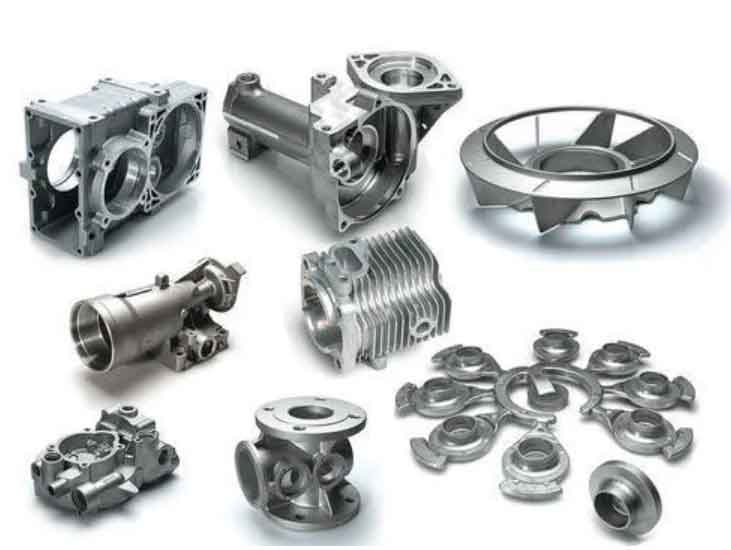Grey cast iron has a long and storied history that dates back thousands of years. Its use can be traced back to ancient civilizations, where it was employed for various purposes due to its abundance and relatively easy production.

Ancient Uses:
The earliest known use of grey cast iron dates back to around 1300 BCE, during the Shang dynasty in China. Archaeological findings suggest that cast iron artifacts, such as cooking pots and weapons, were in use during this time. Similarly, in ancient Egypt, cast iron was utilized for creating tools and implements.
Medieval Period:
During the Middle Ages, grey cast iron became more prevalent in Europe. Its use expanded to include the production of cannons, which were crucial for military defense. The casting process for making cannons involved creating a hollow core in the mold, a technique that is reminiscent of modern-day sand casting.
Industrial Revolution:
The Industrial Revolution in the 18th and 19th centuries brought significant advancements in iron production. The development of coke as a fuel and the invention of the blast furnace allowed for the mass production of cast iron. The use of grey cast iron expanded to various industries, including machinery, transportation, and construction.
Engineering Applications:
With the advances in metallurgy and casting technology, grey cast iron found its way into a wide range of engineering applications in the 19th and 20th centuries. It became a staple material for producing components in steam engines, textile machinery, pumps, pipes, and more. The development of the Bessemer process and later the open-hearth process enabled the production of high-quality cast iron in large quantities.
Modern Engineering:
In the modern era, grey cast iron continues to play a crucial role in engineering and manufacturing. While other materials like steel and aluminum have gained popularity for specific applications, grey cast iron remains a favored choice for components requiring high strength, wear resistance, and good machinability.
Today, grey cast iron is widely used in the automotive industry for engine blocks, cylinder heads, brake components, and suspension parts. It is also used in the construction of industrial machinery, agricultural equipment, and infrastructure.
Throughout history, grey cast iron has proven to be a reliable and versatile material. Its significance in engineering and manufacturing has only grown with time, and it continues to be a valuable material for various industrial applications. Its combination of properties and ease of production has made it an enduring material in the evolution of human civilization and technological advancements.
